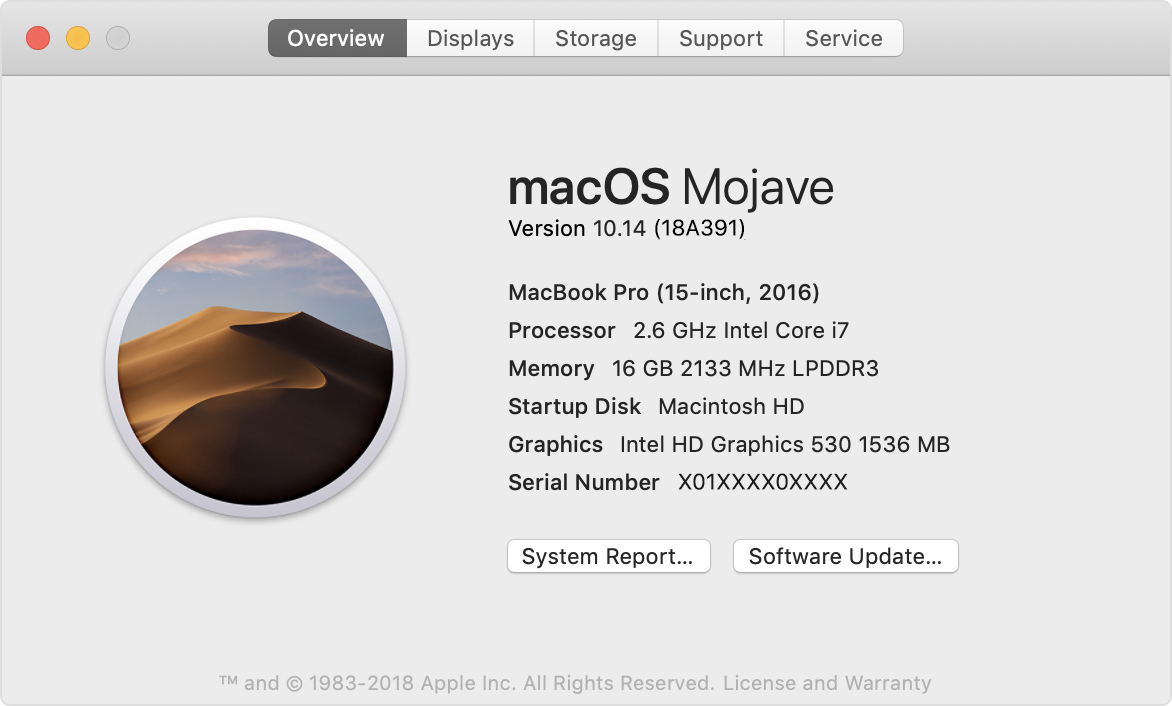
- Apple photos app for mac versions how to#
- Apple photos app for mac versions free#
- Apple photos app for mac versions mac#
The smaller thumbnails are stored in “container” files that hold multiple thumbnails at once. The full-size JPEG is an individual file on disk.
Apple photos app for mac versions mac#
You cannot rely on the Info pane in the Mac version of Photos to tell you the file type you are editing because it always shows you the file type of the original.) After the edit is completed, this is what is stored on disk: (Photos makes JPEGs for all file types, including RAWs and Apple’s new HEIC files. Photos saves the edit instructions in a location separate from the original file and generates a full-size JPEG (and smaller thumbnail images) that contain the results of the edits. While extremely useful, this non-destructive model can be confusing to users because it clashes with their expectations based on other applications.

From your standpoint, the image appears to be modified, but the original file remains untouched.

The application may automatically save the edit instructions, or it may wait for you to hit Done or choose Save. The application applies edits to an in-memory copy of the original to produce a real-time preview of the adjusted image. In contrast, most photo-editing applications work non-destructively and never modify the original photo. Some image-editing applications also modify image files directly, notably Adobe Photoshop and Apple’s Preview. For example, when you choose Save in Microsoft Word, it saves your changes directly to the document’s file, replacing the previous version of the file in the process. Most applications directly modify your documents. If you are unfamiliar with RAW, you may wish to read a separate article of mine that discusses the benefits of RAW as well as touching on Apple’s new HEIF image format. In this article, I will often use RAW Power as an example, though other Photos extensions work similarly. Now I’m on my own, developing a Photos extension called RAW Power that uses the same RAW engine underlying Photos and Aperture. To give you some background, I was the lead developer for Aperture, and I later led the team that developed the editing engine for the Mac version of Photos. Then I’ll go into detail about how non-destructive editing in Photos works with RAW image files, Photos extensions, and more. To shed light on the situation, I’ll first explain how non-destructive editing works in photo applications in general, using Photos as an example. That said, non-destructive editing brings with it some confusion, particularly for those working with RAW images or using Photos extensions to do the editing. One of the near-magical features of Photos, and iPhoto before it, is the way it allows you to edit a photo with the assurance that those edits are non-destructive-you can always revert to the original version.

#1619: Stage Manager first impressions, Live Text in Preview redux, SMS 2FA failure fix, moving large folders with ChronoSync.#1620: OS updates, AssistiveTouch for iOS shortcut palette, Photos album sharing bug.
Apple photos app for mac versions free#
Apple photos app for mac versions how to#


 0 kommentar(er)
0 kommentar(er)
